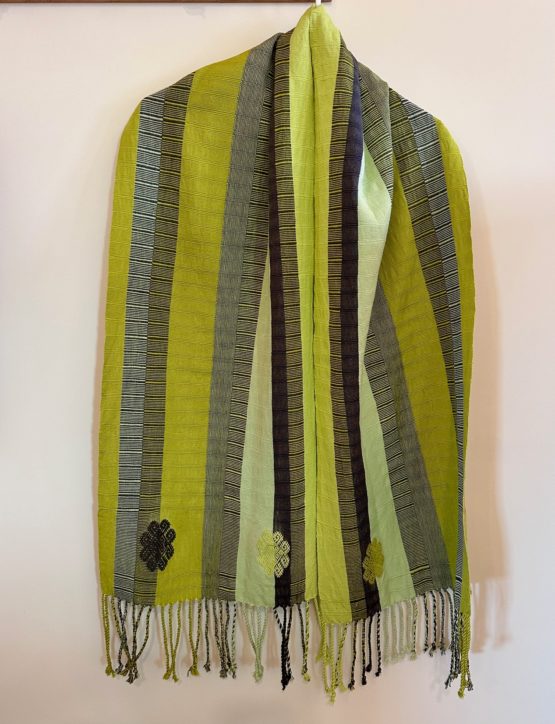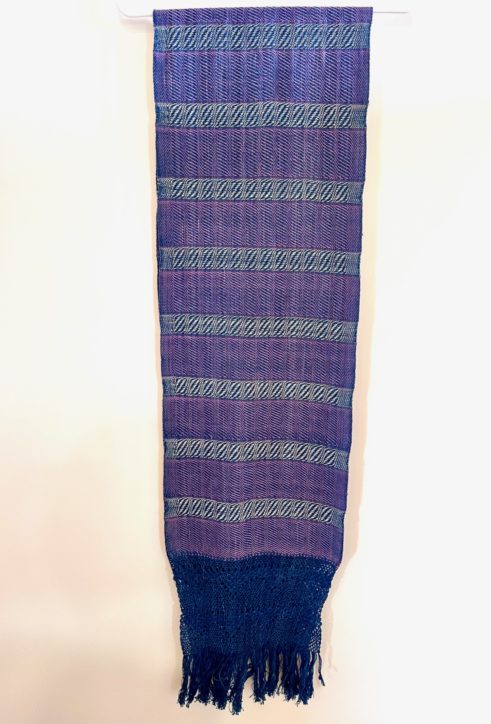Three Days — October 27, 28, 29, 2024, 9:30 a.m. to 4:00 p.m.
Arrive just before Dia de los Muertos, Day of the Dead, to explore the Zapotec village of Teotitlan del Valle as preparations begin for this grand celebration to honor the ancestors. We take you inside people’s homes and workshops where you might never have access on your own. We explore the 17th century church, ancient archeological sites, the local market, and wander cobblestone streets to find hidden treasures that you will capture with your camera. We arrange portrait sessions with local families where we take you on an insiders journey to document how locals live and work.
We welcome novice and experienced photographers who want to capture people and place. We focus on portrait and street photography, how to look for that great shot and compose it for greatest impact. We do NOT teach you how to use your camera. We teach you what to look for, how to frame a photograph, perspective, how to determine what to shoot close-up and from a distance. We will discuss editing techniques, too. We welcome all types of cameras from DSLRs to iPhones.
Our workshop day is from 9:30 a.m. to 4 p.m. We will meet each morning as a group to discuss process and technique, show our work, give and receive feedback. Then, we will venture out into the village to explore.
Your instructor is Luvia Lazo. She is featured in The New Yorker magazine. You can read more about Luvia and see her work on her website. You can also do a Google search to see and read more!

Luvia is described this way: Photography is her way of portraying the worlds to which she belongs. Her work aims to capture reality from the perspective of the contemporary Zapotec woman, creating a constellation of images through time and spaces in Oaxaca, documenting the generational gaps and the transformation of identities across ages.
She is a recipient of the Jóvenes Creadores grant of the FONCA 2020 (National Fund for the Culture of the Arts, Mexico) and inaugural recipient of the Indigenous photo grant 2021 supported by Leica and Photoville.
Cost: $995 per person. This includes three workshop days, all instruction, three lunches, and one Grand Finale Dinner where we present our best work.
The cost does not include lodging, breakfast or transportation. We recommend several bed-and-breakfast inns where you can book your lodging directly with the innkeeper at your own expense, once you register for the workshop. These are Casa Elena, La Cupula, and Las Granadas.
The workshop will be held from 9:30 a.m. to 4 p.m. each day. We will send you meeting location and other details in late September. We suggest you book your lodging to arrive October 26 and depart on October 30.

How to Reserve Your Space — We are limiting participation to 10 people.
We request payment in full to reserve. Payment can be made with a Zelle transfer (we will send you a request for funds when you send us how your Zelle account is registered), or we can send you a Square invoice to pay with a credit card (4% service fee added). Please advise which payment method you prefer.
Please complete this registration form to participate.
Cancellations. $500 of your $995 registration fee is non-refundable. If you cancel on or before August 15, 2024, we will refund 50% of your deposit received to date less the $500 non-refundable fee. After August 15, there are no refunds. You may consider purchasing international travel insurance that would allow you to file a claim in the event you are unable to attend.
If we cancel for whatever reason, we will offer a 100% refund of all amounts received to date, less the non-refundable deposit.
NOTE: Covid is still with us. Please bring one Covid test kit and a face mask to use in crowded spaces and inside homes where there is no air circulation. Local people do not have wide access to effective vaccines and are very vulnerable to Covid. We urge you to be up-to-date with all vaccines, including influenza and RSV.
To Register, Policies, Procedures & Cancellations–Please Read
Walking and Group Courtesy: We are at almost 6,000 feet altitude. Streets and sidewalks are cobblestones, and narrow. We will do a lot of walking. We will walk a lot — up to 10,000 steps per day at a moderate pace. We recommend you bring a walking stick and wear sturdy shoes.
NOTE: If you have mobility issues or health/breathing impediments, please consider that this may not be the program for you.
Traveling with a small group has its advantages, and also means that independent travelers will need to make accommodations to group needs and schedule. We include plenty of free time to go off on your own if you wish.



















































Women of Chiapas Photo Essay
International Women’s Day was Thursday, March 8, 2018. It’s days later and I now find time to acknowledge, honor, recognize, applaud some of the women we met along the way during our two back-to-back Chiapas Textile Study Tours in February and March this year.
Women make, sell, suckle babies in Magdalenas Aldama, Chiapas
I don’t know all their names.
The Virgin of Guadalupe is a Zapatista icon in Chiapas, role model for justice
Their hands, feet and faces are universal stories of women who work hard with little recompense.
Shop keeper, San Juan Chamula, Chiapas
Their garments tell the stories of culture, history, creativity and subjugation by Spanish conquerors who imposed clothing style as indigenous identifier.
Maria and her niece, Aguacatenango, Chiapas
Most are women who weave or embroider.
Maruch is her Tzotzil name, Maria is her Christian name, San Juan Chamula district
Some are women who craft pottery — cooking vessels and decorative jaguars, many of them life-size.
This is Esperanza sculpting a clay jaguar, Amantenango del Valle, Chiapas
A few are famous. Most are not.
Grand Master of Mexican Folk Art Juana Gomez Ramirez, Amantenango del Valle
They are mothers, daughters, grandmothers, aunts, cousins, nieces.
Rosa, center, and her nieces, Magdalenas Aldama
Some, like Rosa and her husband Cristobal, participated in the 1994 Zapatista uprising to stand for indigenous rights. The movement paved the way for a stronger voice for women.
Producing handmade paper, Los Leñateros, San Cristobal de Las Casas
They carry babies on their backs, harnessed by robozos.
Market day, San Juan Chamula, Chiapas
They use rebozos shifted to the front of their bodies so infants can suckle. They use rebozos to carry market vegetables and fruit to the cooking fires.
Lourdes, research coordinator, Museo Textil Mundo Maya
Few are professionals like Lourdes who translates Spanish to English for us, educated in sophisticated cities far away.
Maria Meza, weaving cooperative director, Tenejapa, Chiapas
Others head cooperatives, organizing the business of textile making and selling to sustain families.
A metaphor for indigenous women worldwide, essential and faceless
Some are faceless. We see their progeny.
Manuela Trevini Bellini with PomPom Shawl at her shop Punto Y Trama,
A few are expats from Italy, France, Canada, the United States or Japan, who migrate to the promise land.
Women’s hands make organic tortillas from native corn
We see hands making tortillas, tending the cooking fire, soothing a child’s cry, serving a husband dinner.
Pioneer Swiss photographer, Gertrude Duby Blom, at Na Bolom
Most of all, we know that women’s work begins early and ends late, is continuous, often self-less and usually in the service of others.
Andrea Diaz Hernandez weaves this for eight months, San Andres Larrainzar
Take a moment to consider what women around the world give as we regard those whose photos we see here.
In Yochib, Oxchuc, impaired mobility, health care access hours away
Take a moment to give thanks to all the women in the world. We are more similar than we are different.
Meet the Women of Chiapas: 2019 Textile Study Tour
What will become of the next generation of women?
Like this:
10 Comments
Posted in Cultural Commentary, Textiles, Tapestries & Weaving, Travel & Tourism
Tagged Chiapas, international women's day, Mexico, photography, photos, textiles, Women